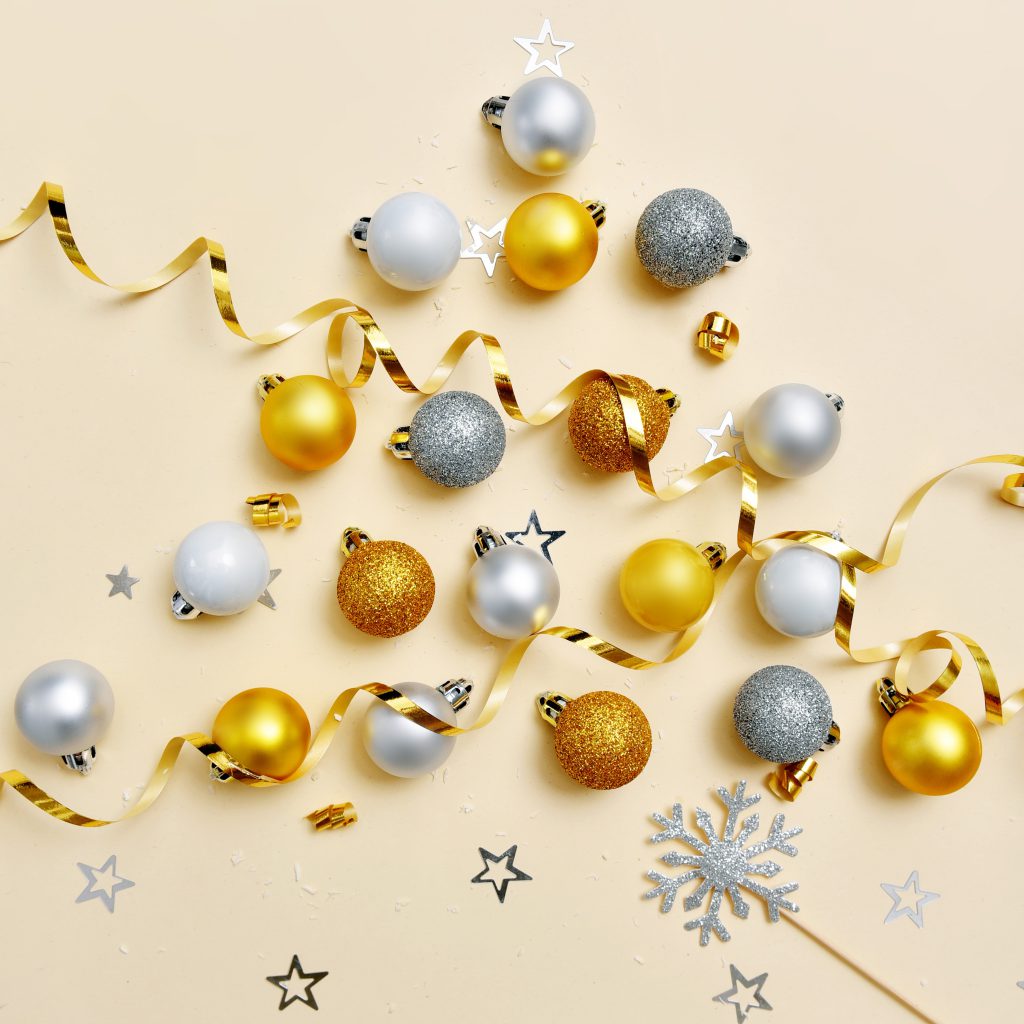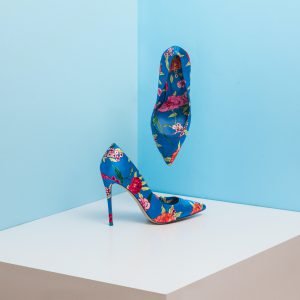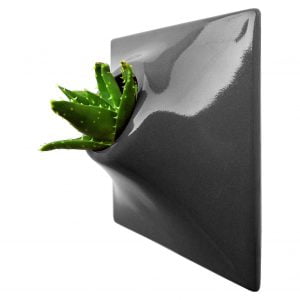
Jewelry Gifts From Placekey specially for you.

Jewelry Gifts From Placekey specially for you.

Arts You Will Love ❤
STORAGE
Night Stands
SHOP BY STYLE
Louis XVI Furnitures

Furnituire From Palacekey
SHOP BY CATEGORIES
Clothing
Handbags
Accessories
Shoes
SHOP BY DESIGNER
Chanel
Gucci
Hermès
Louis Vuitton
Prada
Yves Saint Laurent
SHOP ICONIC DESIGNS
Hermès Birkin Bag
Hermès Kelly Bag

Fashion Gifts
Great Gifts For Great People

Lighting From Palacekey
TABLEWARE
DECORATIVE OBJECTS

Decor Gifts
Easily Find The Best Gifts Here
Effortless and elegant, her designs promoted comfort and grace in women’s wear that had been dominated in the previous century by complicated layers of fabric and cumbersome corsets. She followed this success with a couture house, opened in 1915 in Biarritz. Over the next six decades, Coco Chanel would become a pivotal designer of both fashionable casual wear and Paris haute couture as well as an icon and arbiter of 20th-century style with her bob haircut and pearls.
However, Chanel was not born into a life of glamour. Following the death of her mother, her father left her in an orphanage where she lived until the age of 18. It was there that she learned to sew as well as appreciate the classic pairing of black and white as worn by the nuns. In 1926, she introduced her first little black dress, reclaiming a color that had once been reserved for mourning and working-class women. That same decade, she debuted her perfume, Chanel No. 5, as well as the Chanel suit with a fitted skirt, inspired by the boxy lines of men’s clothing and employing a sporty tweed.
Chanel closed her fashion operations during World War II, then returned to the industry in 1954 to design for the functional needs of modern women. Structure and wearability endured in all of Chanel’s clothing and accessories, like the quilted leather 2.55 handbag introduced in 1955 with its gold-chain shoulder strap that freed up a woman’s hands. Chanel’s collarless jacket reacted against the constricting styles of Christian Dior’s New Look, replacing them with a design that was timeless, an instant classic. The 1957 two-tone slingback pumps had a practical heel height while offering a bold statement in the black tip of the shoes.
After Coco Chanel died in 1971, the brand underwent several changes in leadership, including fashion designer Karl Lagerfeld, who took over as artistic director in 1983. Over the years, the company has continued to innovate, such as expanding into ready-to-wear fashion in 1978 and, in 2002, establishing a subsidiary company — Paraffection — dedicated to preserving the heritage skills of fashion artisan workshops. The House of Chanel still operates its flagship on rue Cambon in Paris, where it all began.
OUR COMPANY
About Us
CUSTOMER SUPPORT
Contact Us
Visit Our Center
© Palacekey 2021